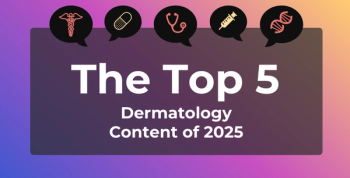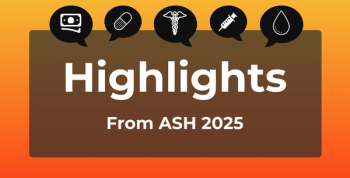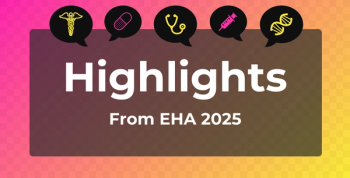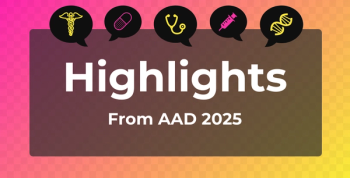
Renee Murray Explains How Hotspotting Is Used
The hotspotting technique that Camden Coalition of Healthcare Providers uses to care for complex patients shifts away from breaking people into segments based on disease, and looks at the whole make up of a person, considering every disease or social complexity that may be in effect, explained Renee Murray, associate clinical director of Care Management Initiatives at Camden Coalition.
The hotspotting technique that Camden Coalition of Healthcare Providers uses to care for complex patients shifts away from the practice in traditional medicine of breaking people into segments based on disease and looks at the whole make up of a person and considering every disease or social complexity that may be affecting that person's healthcare, Renee Murray, associate clinical director of Care Management Initiatives at Camden Coalition, explained at the ACO & Emerging Healthcare Delivery Coalition Fall Live Meeting in Philadelphia, Pennsylvania.
Transcript
How does hotspotting improve care for complex patients compared with traditional medicine?
So traditional medicine is more so about breaking people into silos or segments, whether you're living with diabetes or living with congestive heart failure or chronic obstructive pulmonary disease (COPD) or end-stage renal disease—that's how our healthcare system makes interventions or treats people or has conversations with people in those silos. So if you are living with diabetes, I'm going to talk to you about diet and blood sugar and exercise and that management. And the shift is, and the paradigm that we're working out of the hotspotting paradigm is looking at complex patients in complex systems.
So the shift is, we're not just segmenting the disease, we are embracing multiple diseases that the person might be living with—the person might be living with COPD, congestive heart failure, unmanaged schizophrenia, and depression, in addition to experiencing homelessness. The hotspotting paradigm is shifting, saying, "We're looking at the holistic approach, we're looking at the whole entire picture of the patient, and we're focusing on all of it." We're not just going to laser in on one disease state, we're taking everything that's making up this person into account, and we're going to figure out, how do we plug them into a complex system, but with resources that already exist.
The main difference is the shift of not being laser focused on the disease, pulling back 50,000 feet and looking at the whole make up of the person.
Newsletter
Stay ahead of policy, cost, and value—subscribe to AJMC for expert insights at the intersection of clinical care and health economics.








